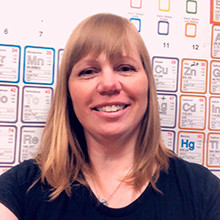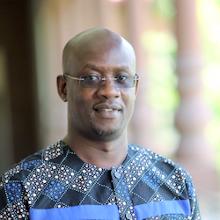Degrees and Certificates
| Title | Degrees / Certificates |
|---|---|
| Chemistry AS-T | Associate of Science (AS-T) Degree for Transfer |
| Chemistry CA | Certificate of Achievement (CA) |
Begin Application Process
FCC Counseling
New Student
Counseling
- New Student Services
- Welcome Center: 559.442.8225
Current or Returning
Student Counseling
- STEM Counseling Appointment
- Counseling: 559.442.8226














